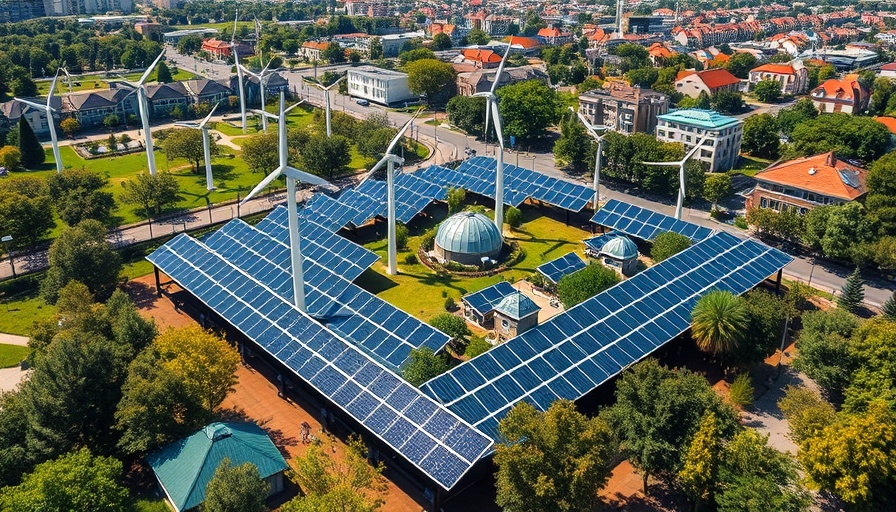
The High-Speed Rail Challenge: A Race Against Time
As project management experts and savvy investors keep one eye on the horizon, the other is firmly planted on California's ambitious high-speed rail project. With federal funding in flux, the ticking clock is sending ripples through the construction industry. Funding delays could jeopardize key milestones, pushing the already controversial project further into uncertainty.
California's High-Speed Rail: An Overdue Vision
California's hope for a high-speed rail system dates back to a voter-approved measure in 2008. This visionary concept aimed to revolutionize transit, cutting travel time between major cities and championing eco-friendly commuting. However, as costs balloon and deadlines slip by, stakeholders are left wondering if this dream will turn into reality or merely another mirage on the California landscape.
The Real Cost of Delayed Funding
Delays in securing federal funds for this extensive project could escalate overall expenses and stretch timelines. Each postponement increases the potential cost to taxpayers and investors alike. Recent estimates suggest the project could exceed initial expectations, costing an eye-watering $105 billion—an investment that combines massive public funding with private sector involvement.
A Tech Perspective on Construction Challenges
Technological innovations could provide some solutions to the delays and inefficiencies. Integrating AI systems for project management, employing drones for surveying, and utilizing 3D printing for construction are just a few cutting-edge ideas that can help turn this multi-billion-dollar venture around. Not every obstacle must remain unyielding; the right tech solutions could help get high-speed rail back on track.
Political Perspectives and Public Sentiment
The political landscape surrounding the high-speed rail project is increasingly complicated. Heavy scrutiny from skeptics lambasting its budget and timeline persists while advocates earnestly believe in the project’s long-term benefits for both the environment and the economy. This ongoing tug-of-war presents a unique junction where public opinion plays a critical role in determining the project's fate.
Actionable Insights: What You Need to Know
As commercial construction companies eye the horizon, they must prepare for a landscape that may see shifts driven by California's rail project. Staying informed about funding developments and new technologies can help firms adapt their strategies effectively. Emphasizing collaborative efforts and remaining agile will be key for stakeholders looking to embrace potential opportunities arising from these developments.
Investing in high-speed rail isn't just about trains; it's about shaping future commuting patterns, reducing congestion, and advocating for greener transport solutions. For construction firms, aligning with this forward-thinking perspective could yield substantial dividends in the years to come.
Conclusion: A Call to Action
As the clock ticks on California's high-speed rail project and its federal funding dilemma, industry professionals and stakeholders must prepare to respond strategically. Active engagement, collaboration, and technology adoption can pave the way for innovative solutions to overcome challenges faced by this ambitious initiative. It's time to invest in the future of transportation in California—because when it comes to high-speed rail, every second counts!
 Add Row
Add Row  Add
Add 




Write A Comment